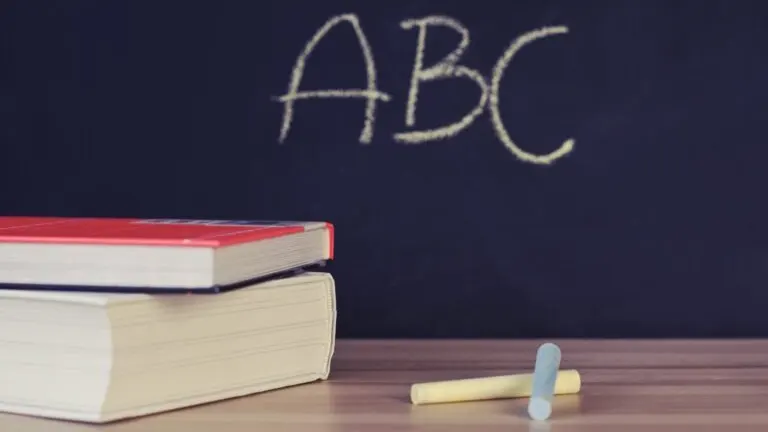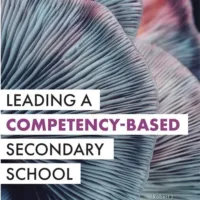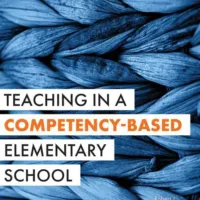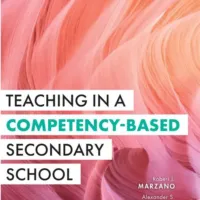
Marzano Academies works with schools that use letter grades, percentages, words, or graphics to inform interested parties on how learners are progressing through the learning. Educators often confuse the needs of the different stakeholder groups. They are different.
Marzano Academies helps schools identify the stakeholder groups and then create reports to meet their needs. A single report is often generated for all stakeholder groups. This approach does not consider the individual group’s need for information. The need is predicated on determining how a learner is doing. There are two primary groups of stakeholders in a school, internal and external. Both groups contain subgroups that may require tweaks to the overall report to meet their specific needs. For this blog, we will focus on the needs of the internal and external stakeholder groups and how their reports can differ.
Internal stakeholders are those people who work directly with the learners. They make the day-to-day decisions on the best path to engage the learners in instruction that is neither outside their capacities nor too easy. This group includes teachers, specialists, paraprofessionals, administrators, and the learners themselves. Internal group members need detailed information to make the best decisions on the current level of learning, the level of learning already demonstrated at a competent level, and the next level of challenge. Through School Level Indicator 14, Grading and Reporting, Marzano Academies work with schools to develop reports that make clear a student’s status and their growth on content within a proficiency scale and between different proficiency scales. See the intervention tab for grading and reporting on Marzano Academies’ website. (https://marzanoacademies.org/interventions-and-initiatives/reporting-and-grading)
External stakeholders are critical to an effective school and represent the most important supporters of the school. This group includes parents, post-secondary education services, scholarship providers, sports organizations, and anyone who needs to know how learners are progressing to best support their development outside of the day-to-day functions of the school. Too often, educators feel this group desires the same level of information as the internal stakeholders to make their decisions for support effectively.
While having the same information-sharing format for both stakeholder groups seems logical and desirable, the external group often becomes overwhelmed with the amount of information. For example, parents are often interested in knowing (1) is my learner doing what they should, so they graduate, and (2) do they have friends. Sending home, a multi-page report with all the measurement topics covered and the learner’s status and growth is not what they desire to be able to decide how to support their learner. The absence of a snapshot on how their child is doing can lead to the parent feeling that they do not know how the learner is doing. Sometimes, more information simply becomes too much information. So, in response to the parent’s frustration, we unravel the important internal structures of competency-based education. In other words, we change the internal grading and reporting to ensure all reports are the same.
The good news is you can have different reports for different purposes. Your community can decide what is best. Using a conversion chart created by Dr. Marzano and available at this link, you can take the internal reporting structures using the proficiency scale and convert them to a percentage grade or a letter grade, or simply keep it in the proficiency scale scoring format 1-4. This way, we can maintain the essential structures of competency-based education:
Using proficiency scales for clarity,
- Assessments designed to gather evidence of learning compared against the progression in the proficiency scale,
- Instruction that helps learners improve and move through the progression of learning represented in the proficiency scales.
The components that support student achievement can be maintained, while something that has a limited impact upon achievement – how we report to external stakeholders – can work for what they need.
While we addressed the different stakeholder groups, they are not mutually exclusive groups. If any external group wants more information and it is appropriate to do so, we share the internal report and get their insights on the learner. If parents know their learner is on a good path and doing as expected nothing more is needed. In contrast, other parents may want to intervene early and help their learners accelerate through the learning or ensure more is done at home to support the learning taking place in school.
For more information on how Marzano Academies can support you, your school’s or your district’s vision of competency-based education, or discuss any of these points further, don’t hesitate to contact us at: bill.zima@marzanoacademies.org or by visiting our website: marzanoacademies.org. We are here to help.





